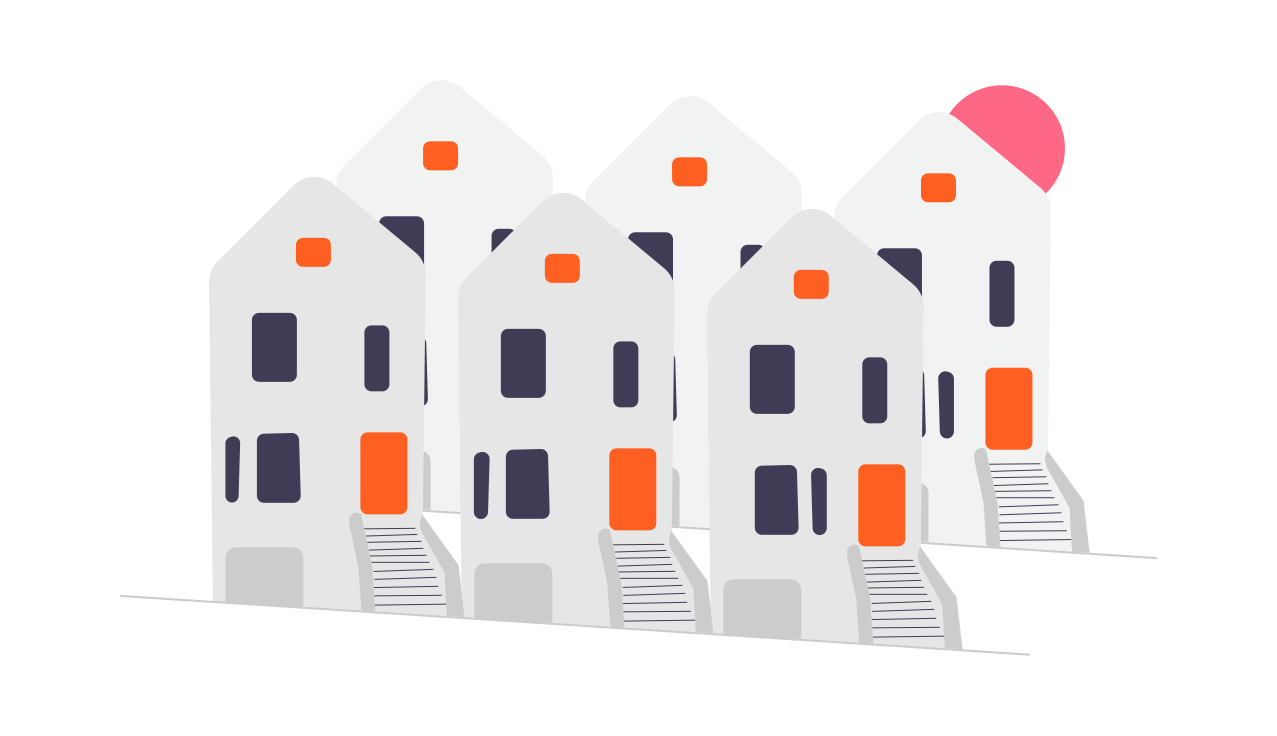
I was fortunate to join a group on Meetup called the Northern Colorado Real Estate Investor Group, or NCREIG for short. Through this group, I met James Orr, a realtor in Northern Colorado who taught classes on an investment strategy he called "nomading." Though the concept of nomading has existed for 100 years, James presented it in a unique, numbers-centered way that I found fascinating. I attended all of his classes for a few years to learn the ins and outs, and today, I want to share a bit of what I've learned so you can try nomading and acquire real estate yourself!
It's important to mention that I have practiced nomading myself. Currently, we are on property number two and working on acquiring property number three. After buying our first house and living in it for a few years, we used it to obtain our second property. We plan to continue this process until we have about seven properties, which would generate enough cash flow for us to retire if we wanted. However, we will likely keep working because we enjoy it.
Nomading is when you buy a property every 12 months as a primary residence with a minimum 5% down payment. You can then repeat this process every year for as many years as you desire. The great thing about this strategy is that you can buy investment properties at owner-occupied rates and with minimum 5% down payments. The biggest advantage of acquiring real estate this way is building passive income, which allows you to reinvest, retire, or pursue other goals. This strategy is highly flexible, making it suitable for people in their 20s, as well as those starting in their 50s as a retirement nest egg.
Starting with year one. Buying your first nomad property is similar to buying your first house. The goal is to find an affordable property that will rent well, analyzing cash flow numbers using websites like Rentometer. It's essential to focus on properties that make good rentals, not necessarily your dream home since you'll be turning it into a rental within a year. In brief, you'll put down 3% or 3.5% using an FHA loan and aim for the lowest interest rate possible.
Your next significant milestone will be year two. This is usually the most challenging part of nomading since you'll need to save up about 5% down for property number two over the next 12 months (though it's okay to take longer). After securing a signed lease on your first house to offset the mortgage payment, you'll buy and move into house number two. Repeat this process every 12 months. As you continue for the next 5 to 10 years, keep an eye on the following aspects:
There are many more options and strategies involved in acquiring real estate, too numerous to discuss here. However, I would be more than happy to chat with you about potential ways to leverage yourself to acquire more rental properties.
Once you reach year 10 or achieve your “end goal,” you have several strategies to consider. You could sell some older properties to pay off newer ones and live off the passive income. Alternatively, you could keep all ten properties, move into a van, and travel the world while living off the passive income. Another option is to follow Dave Ramsey's approach, gradually paying off the properties to own them free and clear in 10 to 15 years, generating a substantial income. I will be writing a class that delves into the specifics of these numbers and what they might look like. The primary benefit of nomading is that it enables you to live the life you want while creating income without relying solely on stocks that may or may not perform well.
In summary, nomading is an incredible strategy that can help you build passive income, retire, or simply live life on your terms. It involves buying a property every year and coordinating with your spouse, if you have one, to move regularly. Please feel free to reach out to me if you have any questions. I would be delighted to help you determine if nomading is the right fit for you.
